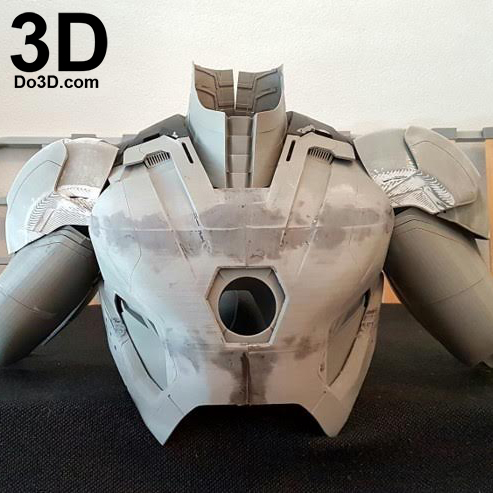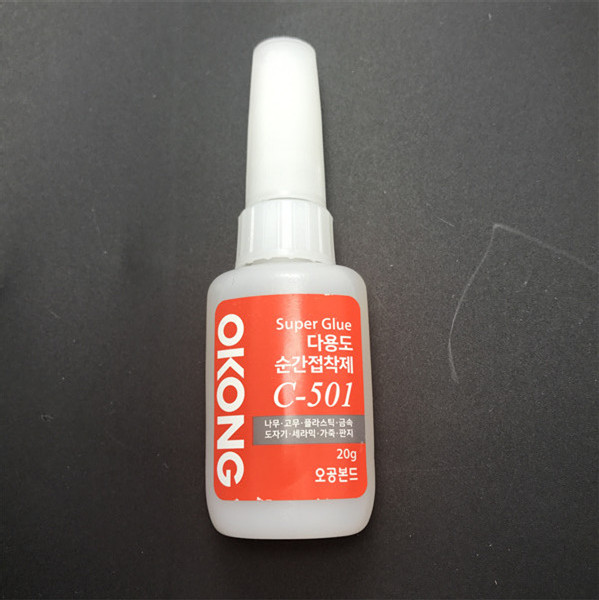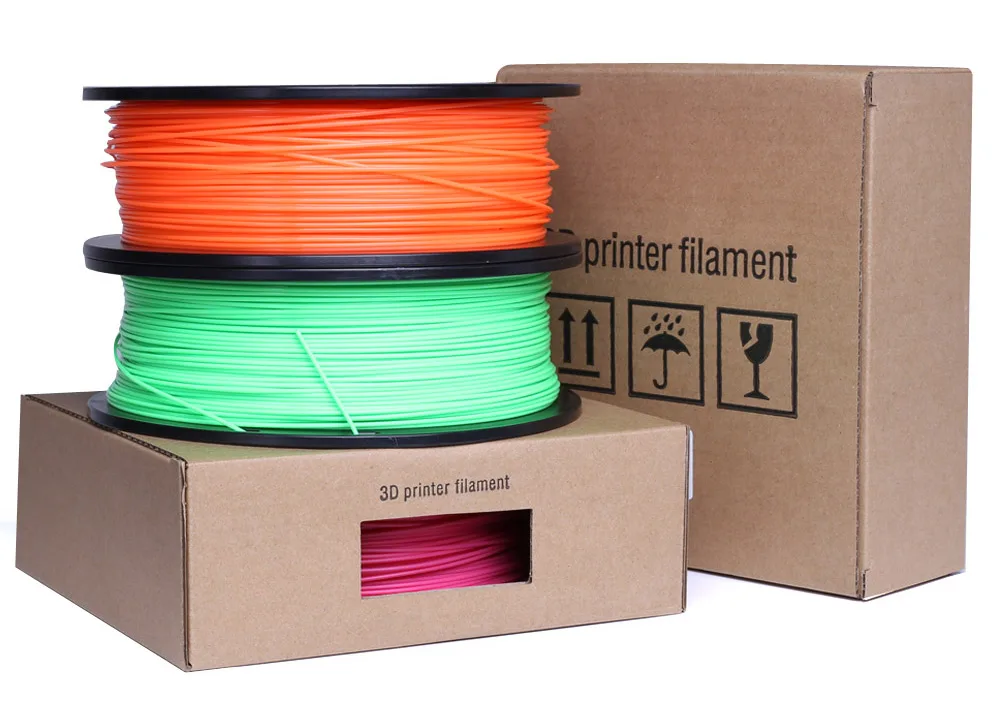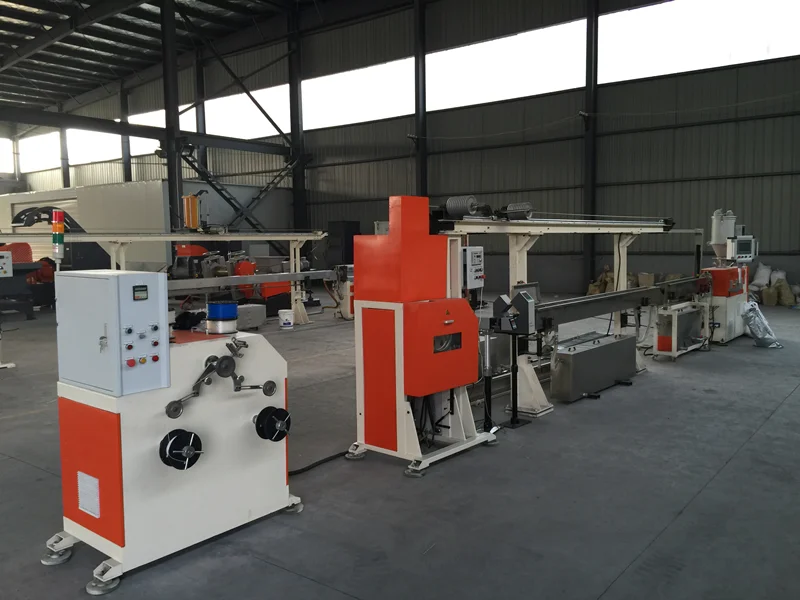World 3d lenticular printing
Lenticular Printing, 3D Holograms | World3D Lenticular Printing
Skip to contentGET STARTED
LENTICULAR CAN HELP YOU
Whether you use it as an in-store display, direct mail
postcard or brochure cover, lenticular will have
your audience buzzing.
GET STARTED
LENTICULAR CAN HELP YOU
Lenticular printing can help you explain your product, brand,
or marketing message through eye-catching animation.
GET STARTED
LENTICULAR CAN HELP YOU
Lenticular cuts through the clutter and commands attention.
Make a bold statement with depth or motion.
Home
Lenticular Printing
Lenticular is a specialized printing process that displays depth or animation. It can be used to tell the story of your brand or product.
LEARN MORE
Examples
World3D can produce lenticular for your promotion, advertising, packaging and more. Lenticular printing increases impact.
SEE GALLERY
Design Guide
Click here to learn more about file setup basics and how to create the source art for a great lenticular image.
VIEW DESIGN GUIDE
Start Your Project
We’re here to help you make a great lenticular.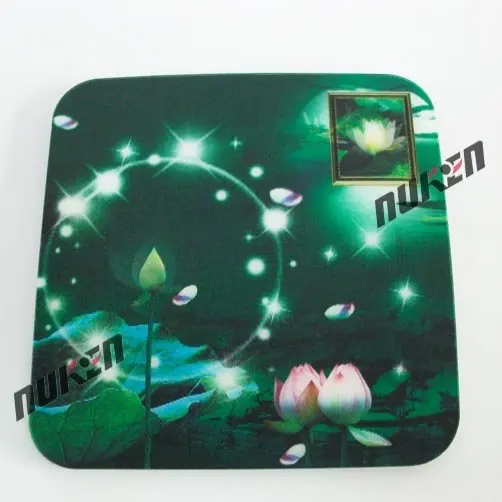 We’ll talk with you about your goals for the image and provide feedback on your art.
We’ll talk with you about your goals for the image and provide feedback on your art.
GET STARTED
len·tic·u·lar: A specialized printing process that creates an illusion of motion or depth.
Lenticular prints start with standard digital files that we specially prepare to be work with the lens material. We then print that file directly to that lens to create the effect. This material is a plastic made up of lenticules, hence the name “lenticular printing”. The image, viewed through the lens, appears to move as it is turned, creating dramatic animation or depth. Learn more here.
How to Get Started
So you’ve decided to start your lenticular project… Great!
How do we do it? Simple!
1. Request a Quote
Submit details of your project HERE or call us at (800) 743-1997 to get started.
2. Send Us Your Artwork
Upload the artwork for your lenticular project via email or FTP.
3. Approve Your Proof
In less than a week, we send you a lenticular proof for approval.
4. Shipped Directly to You
After proof approval, your final product will be completed and shipped out to you or your client. Quick and easy!
GET STARTED
Lenticular In Your Marketing Mix
Lenticular printing is a valuable tool in your marketing toolbox.
Whether you need a give-away bookmark, a direct mail postcard, or a giant wall display, you can use lenticular to add attention-grabbing pizazz to your marketing. In fact, most anything that can be created with traditional printing can be turbocharged with lenticular printing. Check out our gallery for ideas and examples of cool ways our customers have used lenticular printing. But, of course, that is just a tiny sample of what is possible. So reach out, and we can help add a whole new dimension to your marketing mix!
LEARN MORE
Make an Impact
Increase
Brand Recall
Increase
Brand Engagement
Increase
Brand Affinity
Some of Our Happy Clients
“The team at World3D have consistently delivered quality results in our exploration of lenticular technologies.
With an eye for detail, we have come to rely on their experience and knowledge to help us break new ground on our projects. World3D is a valued partner who always rise to the challenge.”
Nike Innovation
“For over ten years, World3D has supplied the lenticular cards included in all of our lens packaging. They have consistently responded to our requirements and have produced quality product. Please convey our thanks and appreciation.”
Bausch + Lomb
“My experience working with World3D was a wonderful, very efficient and professional one. The project was on time, on budget, and my company was thrilled with the final result. I would use them again with no hesitation.”
Protective Life Insurance Company
“The guys at World3D are super great and have been so easy to work with for the decade that I’ve been using them.
They always happily give me the best, easy to understand information that I can relay to my customers. My customers and I are always thrilled with the results!”
Herff Jones Yearbooks
“The team at World3D makes it very easy! They offer a unique product and are experts in their field. Our clients are always very happy with the final product. They are a trusted print partner.”
Schipper Design
“World3D did a great job on my lenticular project. They got my project done on time and it looks great!”
Savannah College of Art & Design
MORE TESTIMONIALS
Page load linkGo to Top
Lenticular Overview | World3D Lenticular Printing
Skip to contentLenticular Overview
len·tic·u·lar: A print that displays animation or depth when viewed from varying angles.
WATCH OUR LENTICULAR VIDEO
Although lenticular printing has been around for more than 50 years, most people have never heard of the technology. When describing it to people we meet, we usually say, “it’s an image that looks like one thing from one angle and like another when viewed from a different angle.” The response is often, “ohhh… a hologram”.
A hologram is very different, but no sense in arguing with potential customers! A hologram is not printing but something closer to photography where an emulsion is exposed to reflected light to capture an image. That image can then be viewed by laser light or, in some cases, any pinpointed direct light source.
Lenticular is, in fact, a specialized form of traditional printing and is most often done on a conventional lithographic press. The name “lenticular” comes from the fact that the image is printed onto a plastic sheet that contains tiny lenticules.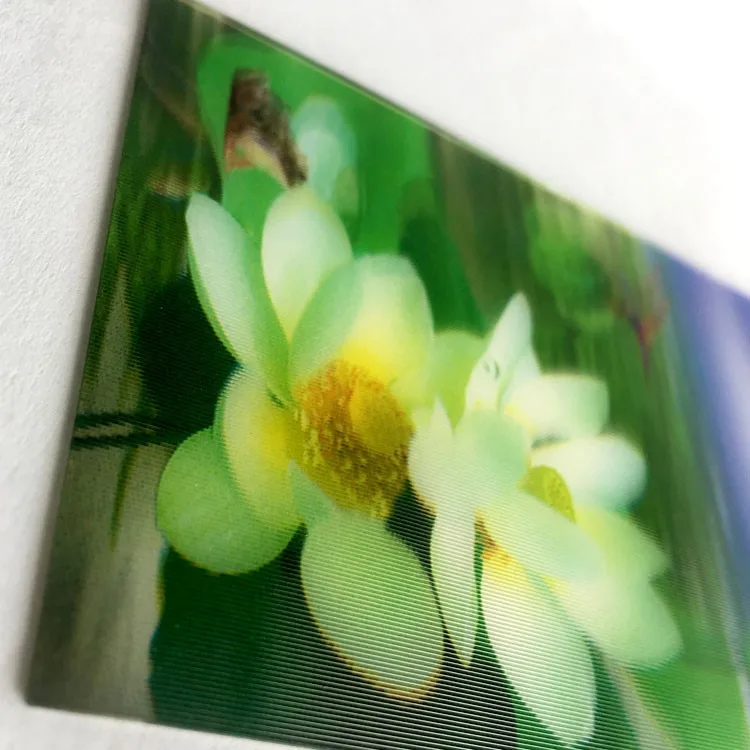
The image is interlaced so that when viewed behind the lenticular sheet, the lenses hide one image and show you the adjacent image. As the viewing angle changes, the image that is revealed cycles from one to the next, creating an animation.
These animations can form a flip, a zoom, a morph, or a full animation that almost appears to be a small video.
The alternative effect to animation is depth or 3D. We achieve this effect by running the lenses vertically and interlacing the image so that the lens shows one image to the viewer’s left eye and another to the right eye. The difference in what the two eyes see creates an illusion of depth.
Lenticular Uses, Past And Present
Lenticular images have been used for years to entertain and delight people. Common early subjects were political pins or cartoon characters that would dance and wink on a collectible card or button. However, in recent years, marketers have recognized lenticular printing as a powerful way to convey a marketing message.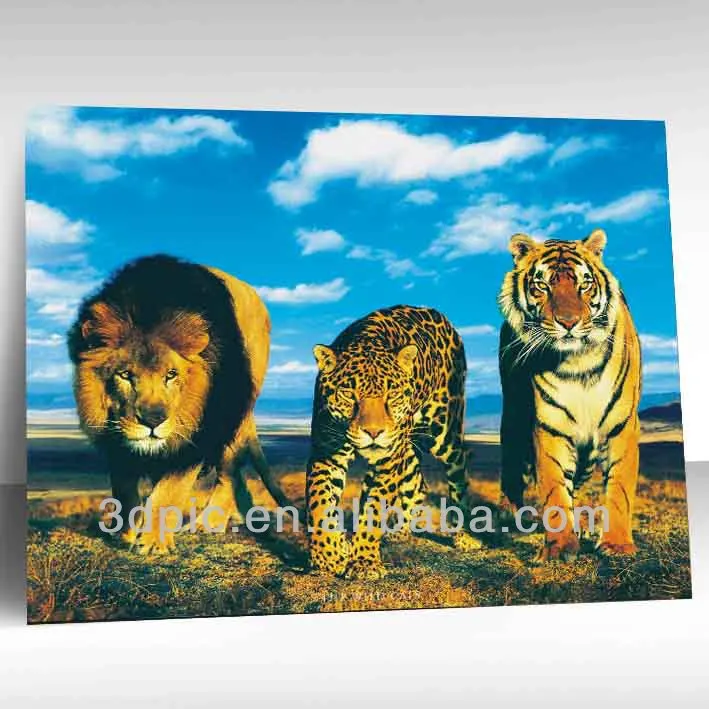 While using traditional print applications like postcards, magazine inserts, and trade promotional material, marketers can now introduce animation to capture the attention of their target and convey their message more effectively.
While using traditional print applications like postcards, magazine inserts, and trade promotional material, marketers can now introduce animation to capture the attention of their target and convey their message more effectively.
For example, Roche Pharmaceuticals used lenticular printing to create an insert into a home blood test for people who have diabetes. The image shows the blood tester in action, including where to push the button, where the swab comes out, and the complete functionality of the product. This image explained far more than traditional printing ever could. The message was so successfully conveyed through lenticular that Roche has decided to incorporate it into their packaging.
The Simple (But Effective!) Flip
Although animations are a splashy way to tell a story, a more simple but often equally effective method is the simple flip image. Many marketing stories can be told by simply having one image change to another. The Incredibles are a regular family/now they’re super heroes. Bam! No need for in-between frames of animation. The story is best told in a two-frame flip.
Bam! No need for in-between frames of animation. The story is best told in a two-frame flip.
By producing a lenticular you can not only grab attention, but you can also tell a story without the need for extra copy. Incredible!
We’re Here To Help!
Picking a vendor to produce a lenticular project can be intimidating. Most people have never worked with the technology (or even heard of it!). So in picking a vendor, it’s a good idea to talk to the companies out there (Google can help you find them) and find one that has been in business for a while and sounds knowledgeable. You’ll find that very few meet these first two criteria). After narrowing it down that way, the most critical qualifier should be samples. There is quite a range in quality in the marketplace, and a quick look at a vendor’s samples will separate the cream from the milk. Although price is always a consideration, if you pick the cheapest supplier, you may wind up with something that is of no practical use. If the quality is not there, you may be better off using traditional print, which will always be cheaper than the cheapest lenticular.
If the quality is not there, you may be better off using traditional print, which will always be cheaper than the cheapest lenticular.
World3D has been producing lenticular printing for more than 30 years and has grown into the leading advertising and promotions industry supplier. We invite you to call, ask questions, request samples and find out for yourself why we serve the top clients in the marketing world and give us a chance to earn your business as well.
Lenticular Design Guide
So you’ve decided to have us produce your lenticular! Now what? We encourage you to discuss your art and your goals with us.
READ MORE
10 Tips To A Great Lenticular
There are certain steps you can take to make your lenticular the best it can be. Use these tips we’ve learned along the way to get started.
READ MORE
Page load linkGo to Top
Design and lenticular printing studio 3DPITER - 3D Piter
The most popular search terms for this direction are stereo vario, 3D photo, holographic printing, iridescent pictures, etc.
DIMENSIONS AND COST
| Alexey Fedoseev's lenticular printing studio "3DPITER" has been design-converting and printing images for lenticular lenses in St. Petersburg since 2009of the year. I work with exclusive single copies from 3D postcards to large format 3D paintings. Each product is handmade using a special program, materials and a lenticular lens that gives a 3D, flip or animation effect. My works (by Aleksey Fedoseev) can be seen in 3D conversion at the St. Petersburg metro stations "Novokrestovskaya" and "Begovaya", in addition, I work with artists and photographers who exhibit their lenticular works at international exhibitions. An individual approach to everyone is not just words, but an actual need in this type of business, and I do not just fulfill an order, but participate in the creation of a new work of art together with the customer. | Live 3D photography |
The history of lenticular printing.
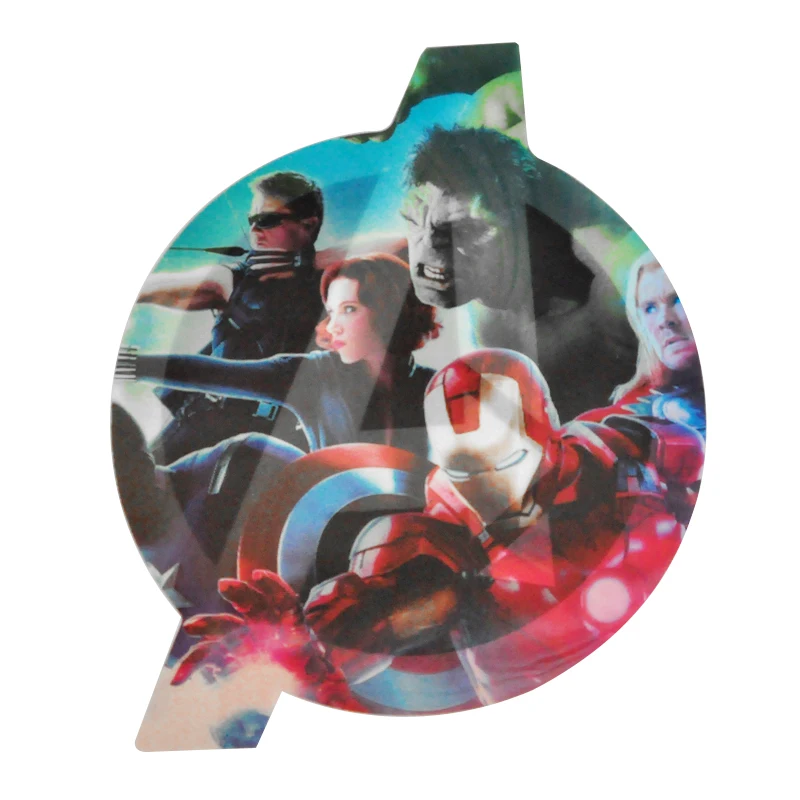
Author - Aleksey Fedoseev - head of the design and lenticular printing studio 3DPITER.RU
Unfortunately, the well-known lenticular printing technology turned out to be not so well known. I am silent about novice designers and photographers, but even in the media they use terms that are completely unrelated to this technology and there is a complete misunderstanding of what a lenticular lens and lenticular printing are. The most common is the use of the phrase "stereo-vario" without having an idea that these are different image display technologies. The dash directly indicates and separates these two words, and the phrase was coined in Russia in the nineties and has nothing to do with the official name all over the world - Lenticular Print.
Let's decipher it right away:
1. Stereo - this erroneous word is tied to a 3D lenticular image, that is, the picture becomes three-dimensional like in a 3D cinema, but without 3D glasses. The error is that stereo is two images for the left and right eyes when using 3D glasses, and 3D lenticular is a serial set of frames-views, from 10 to 72, creating volume without 3D glasses.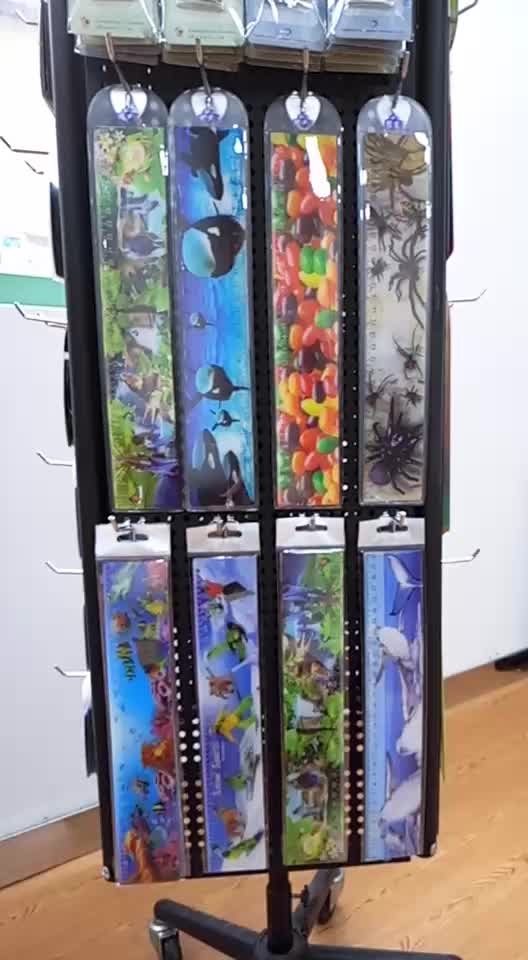
2. Vario - the technology is more suitable and not very erroneous, since it is really a description of the movement, when one picture replaces another picture. But Flip is a change from one picture to another. Animation - when several pictures replace each other, an example is GIF animation.
As you can see, these are different technologies and asking to make a stereo vario confuses the designer;)
Let's start a little with history.
The first lenticular image appeared in the seventeenth century, but the lenticular lens, it is also a lens screen, it is also a lenticular plastic, much later.
The world's first lenticular image
The first patent for the manufacture of a lenticular lens, and then it was called reliefography, appeared in France in 1934. And Morris Bonnet, a French inventor and photographer, got it. At 19In 1950, a machine was created for the Department of Defense that could print stamps for aerial photography and used embossed special plastic. And since 1970, they began to use the technique of making embossing by injection molding, and the era of the lenticular lens began.
And since 1970, they began to use the technique of making embossing by injection molding, and the era of the lenticular lens began.
Those who lived in the 20th century will remember Flip with a winking Japanese beauty or changing shots from Soviet cartoons that delighted children and parents. These calendars are now highly valued and are sold at auctions.
Lenticular printing is a multi-stage process of obtaining a dynamic image from at least two existing images and combining it with a lenticular lens. The lens is a unique plastic made up of individual cylindrical lenses that must align perfectly with the interlaced image below for the effect to work.
In addition, the produced lenticular lens has its own viewing angle. There is a lens for animation, and there is for 3D.
See my video for more details
How interesting is lenticular printing technology for commercial use?
According to a HumanEyes study evaluating the advantages of lenticular products over conventional printing, 75% of respondents prefer the first option.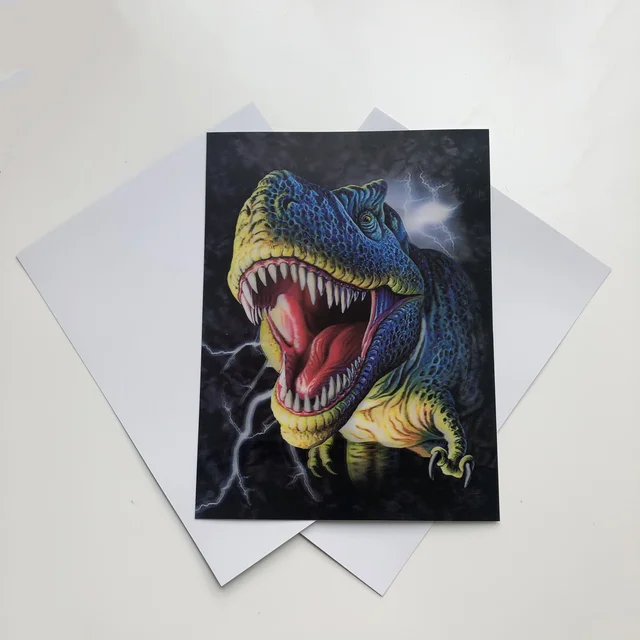
According to a survey by the international advertising agency CGB, 100% of respondents notice advertising with a lenticular lens in the interior of the room,
- 86% take a flyer to show to their relatives at home,
- 75% would keep the flyer as a keepsake. In outdoor advertising, the same situation -
- 92% pay attention to a billboard or poster,
- 60% expressed interest in learning more about the company,
- 35% admitted that they would peel off the poster and take it home.
For beginners, we provide training in design and printing of lenticular images and sell the program for encoding and printing - we are distributors in St. Petersburg.
Famous works by Alexei Fedoseev
3D panel (conversion) at the Begovaya and Novokrestovskaya metro stations
Big-eyed Christmas tree near the Manezh 2019-2020.
New Year tree decorated with the eyes of Petersburgers using the FLIP technique - the eyes open and close.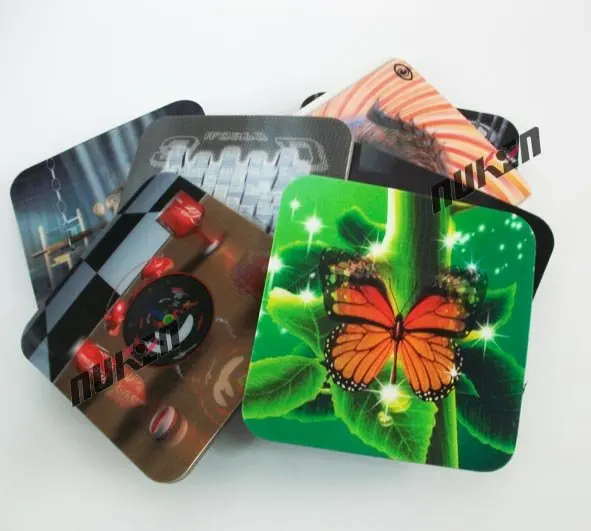
Commissioned by Israeli artist Igor Revelis, installation entitled "Do you see me?"
Tree with eyes
Please rate us!
- > home
- > Price print
- > Gallery
- > About technology
- > creating a 3D layout
- > From ordinary photo to 3D
- > Multi-view 3D
- > Printing from a smartphone 3D photo
- > 3D printing for photographers
- > Education
- > Program
- > Contact
3D Paintings | Gridchinhall Gallery
Current viewing_room
The lenticular print creates a mesmerizing effect as the image changes with every movement of the viewer. Andy Warhol and Roy Lichtenstein experimented with this technique and were very impressed with the experience. Through movement, a small movie is constantly played out on the wall without being plugged into an outlet.
How does it work?
-
Natasha Struchkova
Capturing what the media brings through news feeds, computer games and applications, Natasha Struchkova strives to create something global out of the moment.
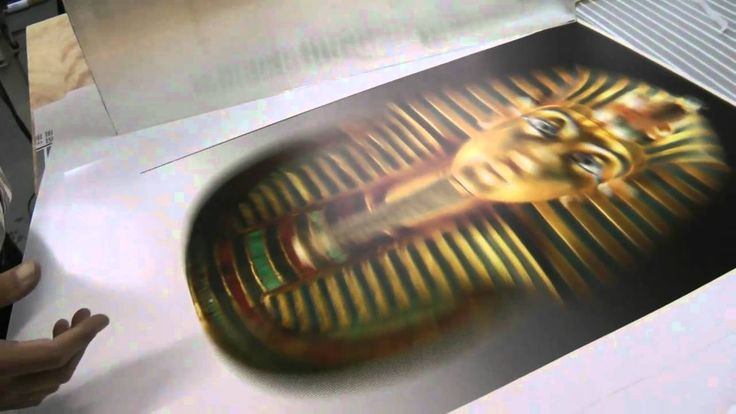 The constructor becomes a metaphor for a world in which all materials and objects have been replaced by universal plastic parts.
The constructor becomes a metaphor for a world in which all materials and objects have been replaced by universal plastic parts. -
All works of the artist
-
Katya Belyavskaya
Belyavskaya's graphic works are always multi-layered both from the visual and semantic points of view. A series about the forest, consisting of images of beautiful women, animals and mythical creatures, turns out to be a reflection on the principles of the relationship between a man and a woman, on the role of the strong and the weak, and that nature becomes a source of strength for the weak.
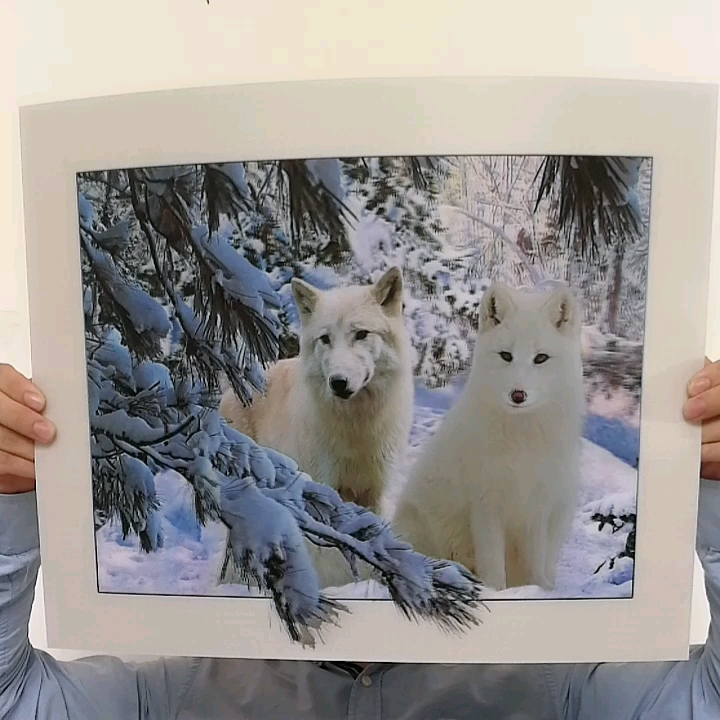
-
Read more
-
Alexander Zakharov
In the paintings of Alexander Zakharov, the garden comes to life like a Garden, peering into the magical flowers of which you can discern how eternal stories unfold
-
DETAILS
-
Valery Barykin
In the works of Valery Barykin, two worlds paradoxically meet, born of two opposing empires - the American pin-up and the Soviet propaganda poster.

-
DETAILS
-
How does it work?
Everyone remembers voluminous calendars from the 70s and 80s. The basic principles have remained, but the technology has improved. How it works?
- Lens raster or lenticular is a special transparent plastic with cylindrical lenses formed on its surface.
- Special programs superimpose an image obtained from different angles on the lenticular.
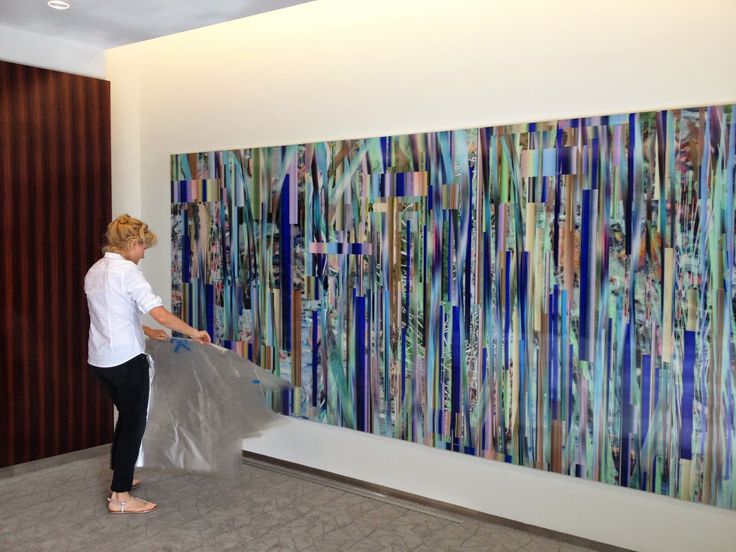
Learn more





